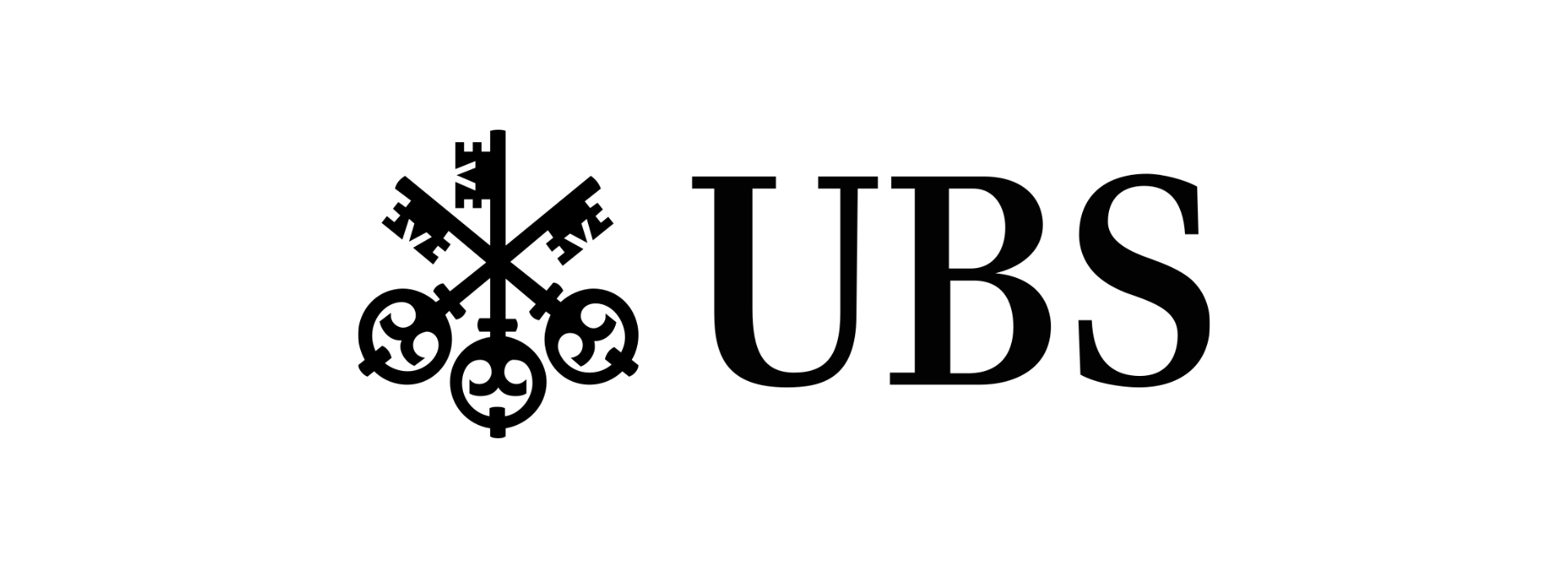History of the Öffentliche Kunstsammlung Basel
The Kunstmuseum Basel enjoys an international renown rivaled by few museums of its kind. Its world-famous collection, the Öffentliche Kunstsammlung Basel or public art collection of Basel, encompasses more than 300,000 works and spans eight centuries, from the late Middle Ages to the present. Its historic nucleus, the Amerbach Cabinet, an ensemble of precious works of fifteenth- and sixteenth-century art, was acquired by the city in 1661, entrusted to the care of the university, and made accessible to the public; since that time, Basel has boasted the world’s oldest public collection of art. The Kunstmuseum Basel owes this singular treasure to the friendship between Bonifacius Amerbach and his considerably more illustrious contemporaries Hans Holbein the Younger and Erasmus of Rotterdam—both lived in Basel for extended periods of time in the early sixteenth century.
Fortunate circumstances have allowed the Öffentliche Kunstsammlung to grow steadily over several centuries, and so it is now distinguished by a rare degree of historic continuity. The Basel collection came into being in a small city republic led by merchants that was largely spared the calamities of geopolitics and therefore able to safeguard its wealth; meanwhile, successive waves of religiously or politically motivated immigrants continually supplied it with fresh ideas. Moreover, Basel has been blessed since the sixteenth century with a tradition of vigorous philanthropic commitment to the common weal, complemented by a strong affinity for culture and scholarship that has benefited the Öffentliche Kunstsammlung at several crucial junctures.
A period of dedicated collection-building focused on the international modernism of the nineteenth and twentieth centuries began after the First World War. The museum’s holdings continued to grow after the Second World War in no small part thanks to the largesse of private benefactors including Raoul La Roche, Maja Sacher-Stehlin, Marguerite Arp-Hagenbach, Richard Doetsch-Benziger, Max Geldner, and Martha and Robert von Hirsch, who gifted or bequeathed their—in some instances, sizable—private collections to the museum. Financial donations, meanwhile, enabled the museum to enlarge its galleries; especially noteworthy is the munificence of Maja Sacher-Stehlin (establishment of the Museum für Gegenwartskunst, 1980); the farsightedness and generosity of her niece Dr. h.c. Maja Oeri paved the way for the acquisition of the Laurenzbau in 1999 and the construction of the new gallery building in 2016. Finally, numerous artists gave ample selections from their oeuvres to the museum during their lifetimes; notable examples include Samuel Birmann in the nineteenth century and, in recent decades, Hans/Jean Arp, Pablo Picasso, Jasper Johns and Frank Stella.
The Amerbach Cabinet
The long history of the Öffentliche Kunstsammlung goes back to the seventeenth century. In 1661, the acquisition of the Amerbach Cabinet, a private collection reflecting the owners’ humanist erudition and interests whose origins date to before the Reformation, made Basel the first city to possess an art collection, long before the residents in cities throughout Europe gained access to the collections built by their ruling houses. At the time of the death of Basilius Amerbach (1533–1591), the grandson of one of the great printers and son of an eminent legal scholar who maintained a close friendship with Erasmus, the cabinet—an embodiment of universalist ideas, it also included objects of natural history and ethnographic specimens as well as a library—contained around fifty paintings, fifteen of them by Hans Holbein the Younger, and an extraordinarily large set of drawings and prints.
In 1661, the Amerbach Cabinet was at risk of being sold off to Amsterdam. Professors at the University of Basel intervened, spearheading an effort to secure the magnificent collection for the city of their ancestors. Mayor Johannes Rudolf Wettstein and the Grand Council sympathized with their pleas, and the cabinet was acquired for 9,000 reichsthalers. The council provided two thirds of this considerable sum, while the university, which took custody of the collection and the associated library, raised the remainder. The cabinet was installed at the building known as “zur Mücke” near Münsterplatz, and in 1671, the exhibition opened to the public as one of the city’s most celebrated sights.

Hans Holbein d.J., Bildnis des Bonifacius Amerbach, 1519. Kunstmuseum Basel, Amerbach-Kabinett
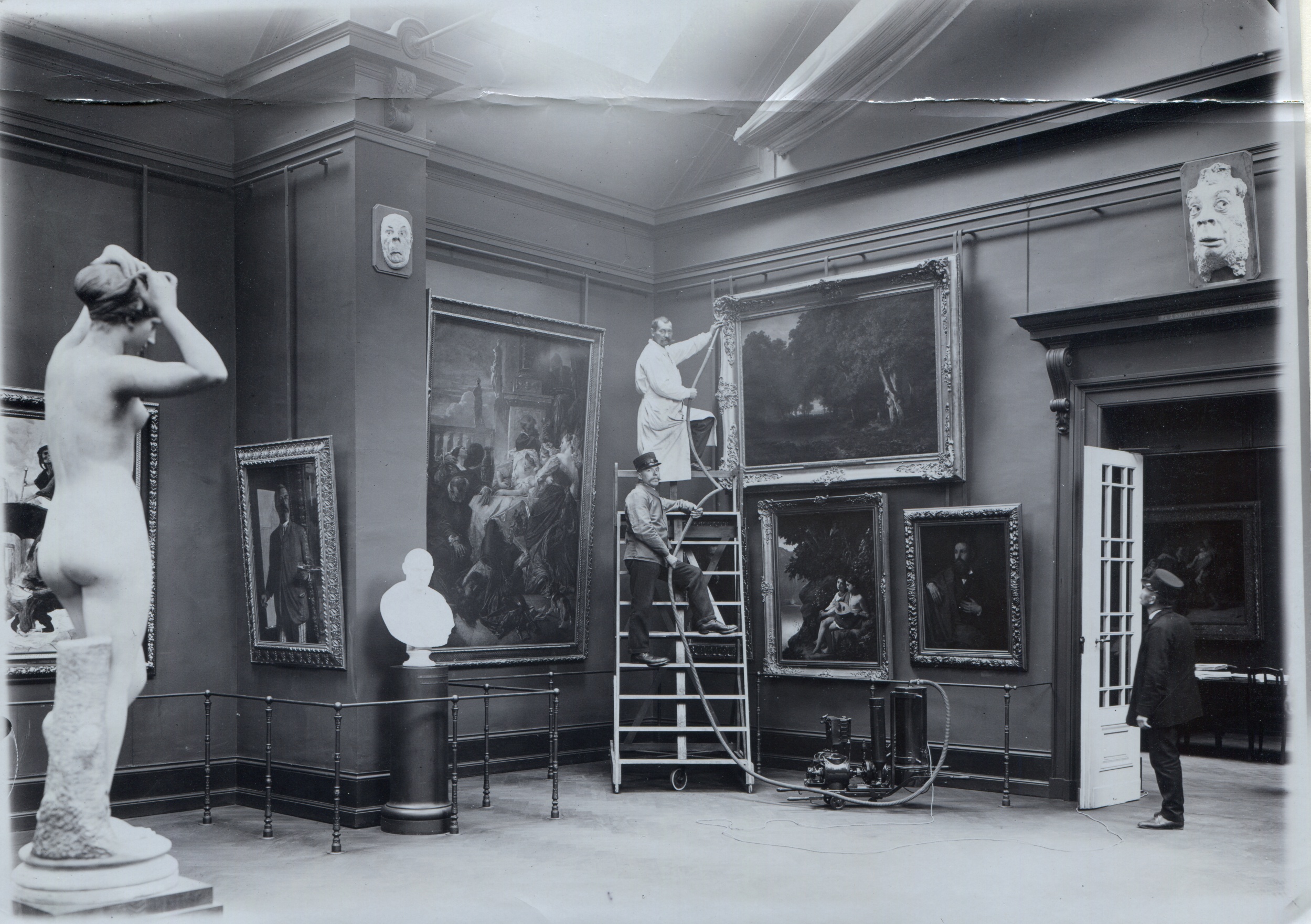
Blick in den Böcklin-Saal im Museum an der Augustinergasse im Jahr 1912.
Museum Faesch and
the Berri building
In 1823, the Amerbach art collection, which had been augmented by occasional gifts from the council and private donors, was merged with the Museum Faesch, which had been established by the jurist Remigius Faesch (1595–1667). Besides additional paintings by Holbein the Younger, its holdings included major works by fifteenth- through seventeenth-century artists from the Upper Rhine region; its incorporation also brought a substantial enlargement of the collection of prints.
The future of the university and the art collection was jeopardized in 1833 by the partition of the former Canton of Basel into two half-cantons. As part of the university’s properties, the collection was ultimately ceded to the city for a one-time payment of CHF 22,000 that reflected an assessment of its value, allowing its integrity to be preserved. The increasingly dire shortage of space at the museum was alleviated in 1849, when the collection was moved to Melchior Berri’s late-classicist multipurpose building on Augustinergasse, now home to the Natural History Museum Basel.

Arnold Böcklin, Das Spiel der Nereïden, 1886. Kunstmuseum Basel, Ankauf mit Mitteln aus dem Birmann-Fonds und einer Aufzahlung des Kunstmuseums Basel
The Birmann fund
The bequest of the Basel-based painter and art dealer Samuel Birmann (1793–1847) marked another turning point in the collection’s history: establishing a fund reserved for purchases of contemporary Swiss art, it laid the foundation for a dedicated acquisitions program that began in 1855 and continues to this day under the aegis of the museum’s trustees, who have final say on all purchases, bequests, and gifts. One noteworthy achievement has been the compilation of a large body of works by Arnold Böcklin that is unparalleled as a representative selection from the artist’s oeuvre.
Since 1903, the Canton of Basel-Stadt has provided additional acquisition funding.
The Hauptbau rises
1936 brought the fulfillment of a long-held desire: a new home created specifically for the Öffentliche Kunstsammlung. Built after plans by Rudolf Christ and Paul Bonatz, two exponents of a conservative modernism, the Kunstmuseum Basel’s Hauptbau, as it is now known, on St. Alban-Graben was meant to house and display the permanent collection. Since the inauguration of the museum’s newest venue, the Neubau, whose skylighted galleries were designed to offer ideal conditions for special exhibitions, the Hauptbau has been returned to this original purpose.
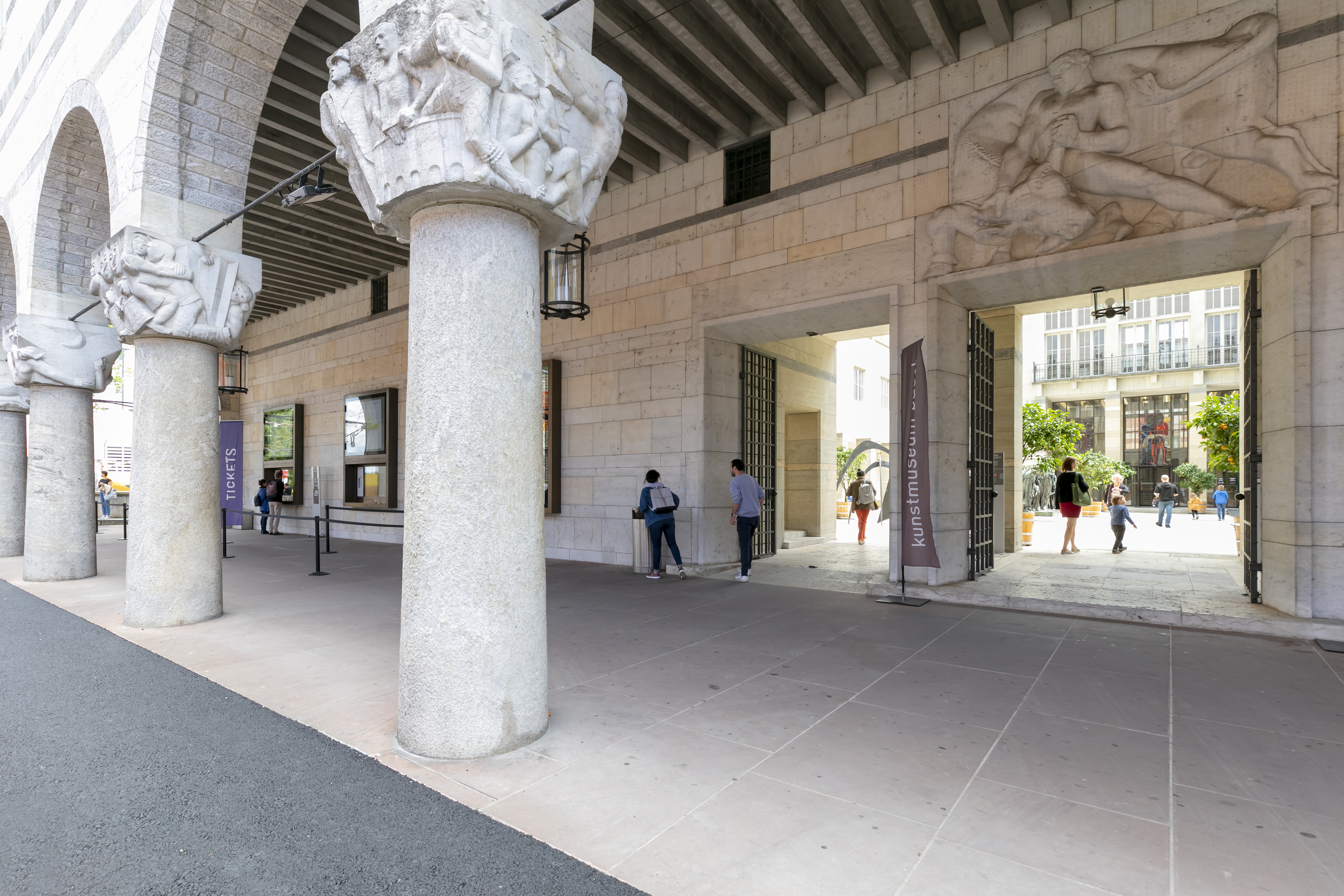
Der Hauptbau des Kunstmuseums Basel. Foto: Julian Salinas
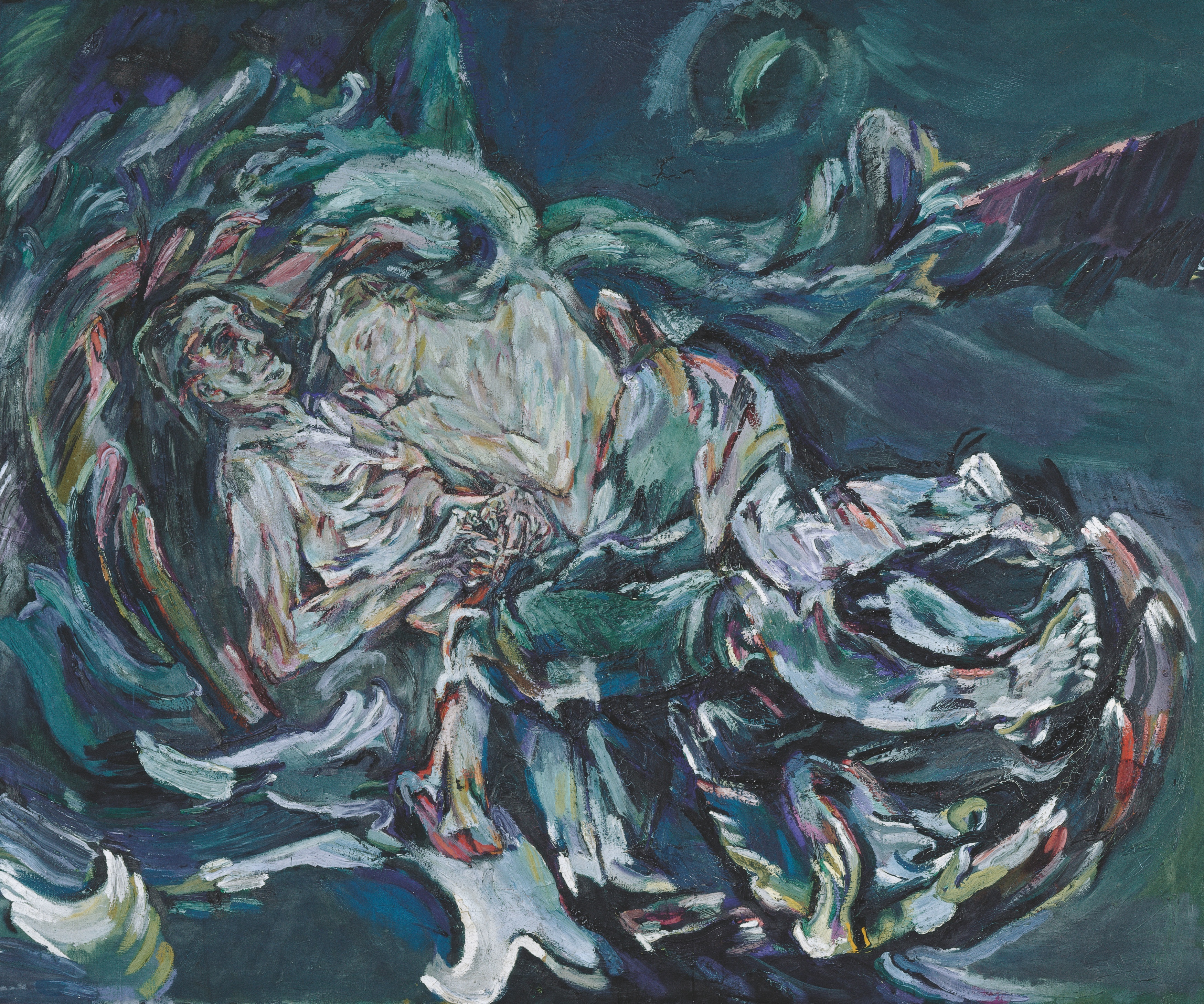
Oskar Kokoschka, Die Windsbraut, 1913. Kunstmuseum Basel, mit einem Sonderkredit der Basler Regierung erworben
Art of the twentieth century
The efforts, begun under Otto Fischer in the 1920s, to build a collection of modernist art that would reflect the major international tendencies eventually recast the museum’s profile and helped lay the foundations for its current renown. Georg Schmidt, in particular, rendered distinguished services to the Öffentliche Kunstsammlung in this respect. A notable example is his purchase, in 1939, of art that had been vilified as “degenerate” and removed from German museums by the National Socialists; the courageous move rescued numerous precious works for posterity.
Still operating with a relatively modest acquisitions budget, on occasion supplemented by special loans from the government, the museum’s leaders built a representative collection of twentieth-century art that now has few rivals in the world. Here, too, generous individuals provided invaluable support with gifts such as Raoul La Roche’s outstanding collection of Cubist art and numerous private collections held by foundations that are on permanent loan to the museum, including the Emanuel Hoffmann Foundation, established in 1933, and the Im Obersteg Foundation (2004).
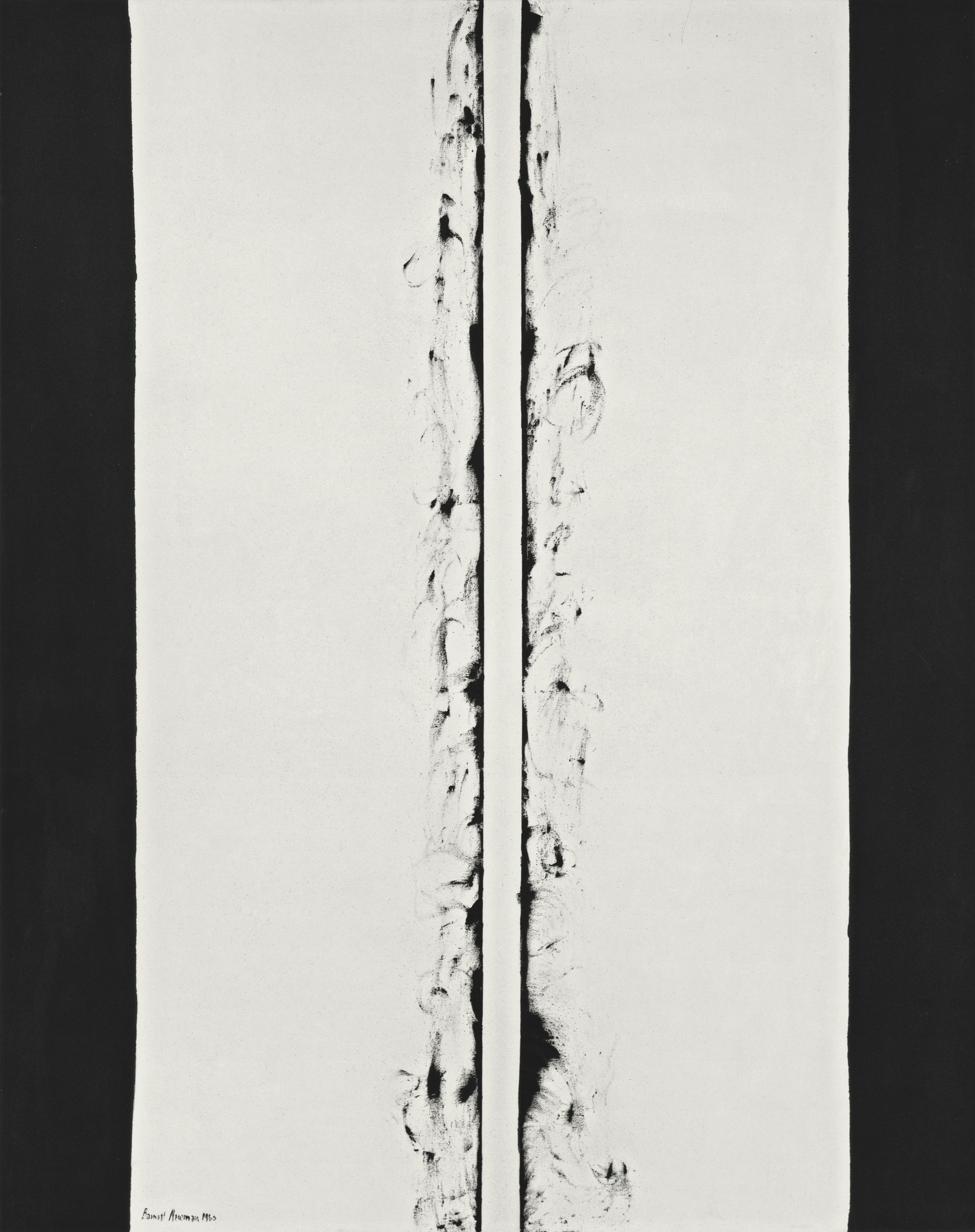
Barnett Newman, White Fire II, 1960. Kunstmuseum Basel
American contemporary art
The expansion of the modern art division continued apace under Franz Meyer in the 1960s, and the museum’s leaders determinedly branched out into contemporary art, with acquisitions primarily of American art, but also of works by Joseph Beuys. Christian Geelhaar and Katharina Schmidt consolidated this commitment to taking a chance on contemporary art that was not yet canonical and to enlarging the collection based on defined foci and guidelines. Their successors in the museum’s leadership down to the current director and the boards of trustees advising them have steadfastly pursued this mission of adding works of the finest quality, including specimens of art in new media and the most recent artistic developments, to the museum’s holdings.
The Picasso story
Generations of residents of Basel have been raised with the love of art, and their special affection for their Kunstmuseum was on magnificent display in a popular vote in 1967, which secured two masterworks by Picasso for the collection that had been on loan from Rudolf Staechelin for so long that they had become virtually part of the museum’s identity.
When the owner of the two eminent Picassos Les deux frères (1906) and Arlequin assis (1923), which had been on display in the Kunstmuseum Basel’s galleries for many years, informed officials that he might need to sell them, the citizens adopted a resolution to acquire these treasures for the public, provided that private donors would contribute CHF 2.4 million. An initiative of art enthusiasts organized the so-called “beggars’ festival” to raise the balance.
When Picasso heard of the events in Basel, he donated four more works to the city: Homme, femme et enfant (1906), a sketch for the Demoiselles d’Avignon (1907), and the two great late works Vénus et l’amour and Le couple (1967). Franz Meyer, then the director of the Kunstmuseum Basel, was personally invited to the artist’s studio to select these gifts. Finally, the Picasso euphoria inspired Maja Sacher-Stehlin to round out the 1967 donations by contributing the major Cubist work Le poète (1912).

Pablos Picasso, Arlequin assis, 1923. Kunstmuseum Basel, © Succession Picasso / 2020, Pro Litteris, Zurich

Das Kunstmuseum Basel | Gegenwart.
The first museum for contemporary art
The inauguration of the Museum für Gegenwartskunst on St. Alban-Rheinweg in 1980 was made possible by a joint donation by the Emanuel Hoffmann Foundation and its founder Maja Sacher-Stehlin and her family to the Christoph Merian Foundation, which has provided the building to the Kunstmuseum Basel. It marked a watershed for the European museum scene: Basel was now home to the first museum explicitly dedicated to contemporary art and the debates it sparks.
The Kunstmuseum on St. Alban-Graben did not have enough room to display all the treasures that begged to be seen. At the “Museum for Contemporary Art of the Emanuel Hoffmann Foundation and the Öffentliche Kunstsammlung,” the works acquired by the foundation and the Kunstmuseum over “the past decade and a half” would at long last be presented to the public, as director Franz Meyer put it in the press release in 1980.
The building, a converted paper mill with a new extension, was designed by the architects Katharina and Wilfried Steib. It underwent a comprehensive renovation in 2005; minor rehabilitation works were undertaken in early 2019. The museum was renamed Kunstmuseum Basel | Gegenwart in 2016.
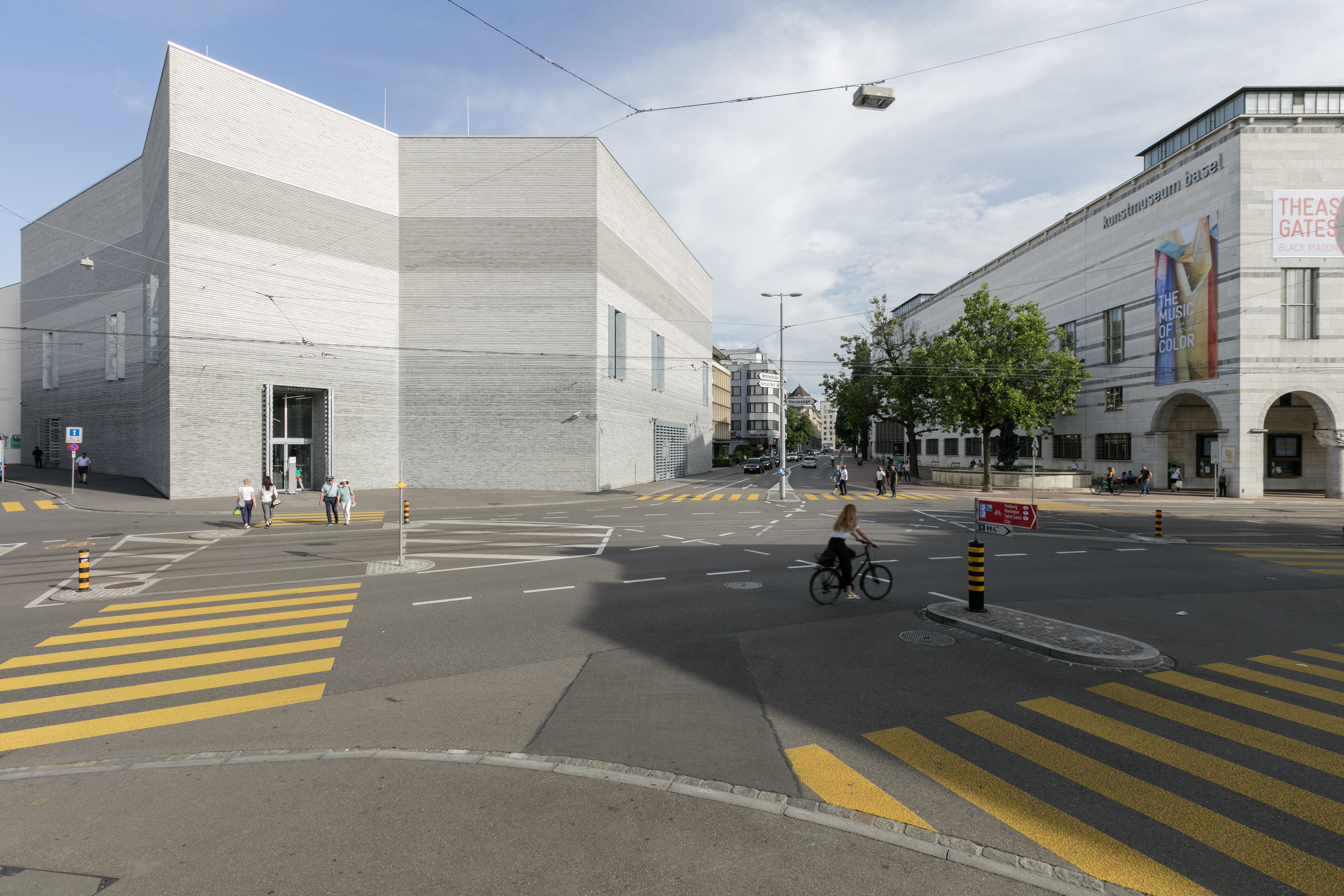
Der Kunstmuseum Basel | Neubau.
A new building for special exhibitions
With the construction of a new edifice across the street from the main building, completed in the spring of 2016, the Kunstmuseum added a third venue, the Kunstmuseum Basel | Neubau. Designed by Christ & Gantenbein architects, Basel, it offers almost 9,000 square feet of gallery space for special exhibitions, but also for the presentation of the singular collection in a variety of settings that meet the highest contemporary standards.
The project cost a total of CHF 100 million. The private Laurenz Foundation contributed CHF 50 million, with the remaining CHF 50 million borne by the public.
